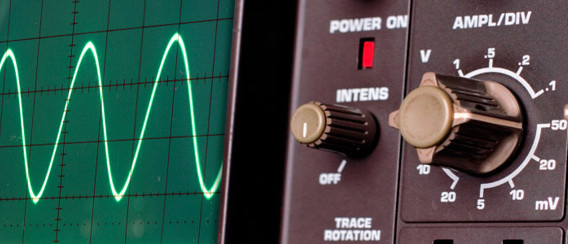What should the OSNR values be in DWDM networks?
I was surfing the Web when I ran into this question on a social media platform. Since this is a very important question that calls for a detailed answer, I figured I would break it down for you here. The short answer is that in general, you should target an OSNR value greater than 15 dB to 18 dB at the receiver, but this value will depend on many factors.
The long answer is that many factors need to be taken into account, including: modulation format, data rate, location in the network, type of network and the target BER level.
Here are a few initial guidelines:
- Dependency on the location. The required OSNR will be different for different locations in the light path. Closer to the transmitter, the OSNR requirement will be higher. Closer to the receiver, the OSNR requirement will be lower. This is because optical amplifiers and ROADMs add noise, which means that the OSNR value degrades after going through each optical amplifier or ROADM. To ensure that the OSNR value is high enough for proper detection at the receiver, the number of optical amplifiers and ROADMs needs to be considered when designing a network.
- Dependency on the type of network. For a metro network, an OSNR value of >40 dB at the transmitter might be perfectly acceptable, because there are not many amps between the transmitter and the receiver. For a submarine network, the OSNR requirements at the transmitter are much higher.
- Dependency on the data rate. As the data rate goes up for a specific modulation format, the OSNR requirement also increases.
- Dependency on the target BER. A lower target BER calls for a higher OSNR value.
Those were the guidelines, and now for some specifics. The OSNR values that matter the most are at the receiver, because a low OSNR value means that the receiver won't detect or recover the signal. The exact requirements at the receiver will vary from one manufacturer to another (contact your system provider), but see the examples below for a few average OSNR figures to guarantee a BER lower than 10-8 at the receiver:
- 10 Gbit/s NRZ: OSNR greater than approximately 11 dB
- 40 Gbit/s NRZ: OSNR greater than approximately 17 dB
- 40 Gbit/s DPSK: OSNR greater than approximately 14 dB
- 100 Gbit/s NRZ: OSNR greater than approximately 21 dB
- 100 Gbit/s DPSK: OSNR greater than approximately 18 dB
Again, the rule of thumb is really that the OSNR should be greater than 15 dB to 18 dB at the receiver, but this value will depend on many factors.




